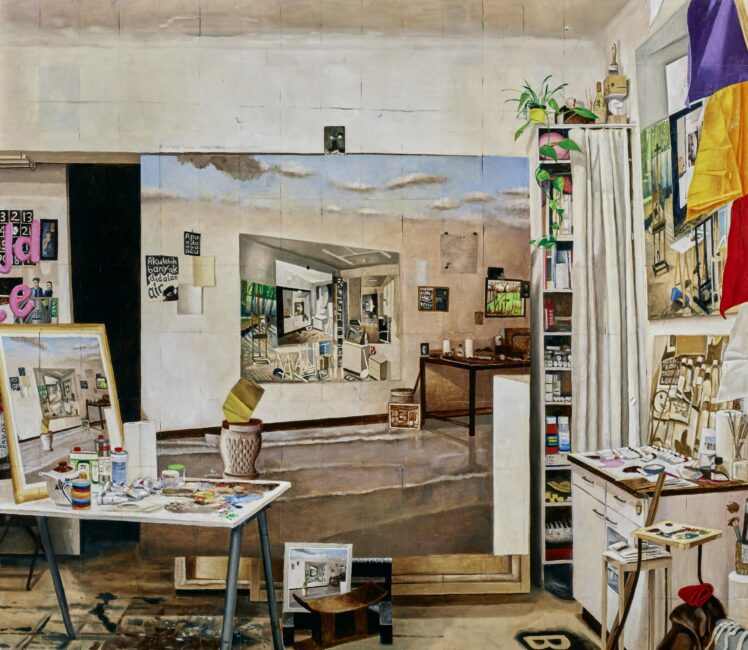Initially, only the sparse remnants of the baroque princely collections were available. However, in the following decades, the collections grew significantly – fueled by the generosity of the citizenry, who contributed numerous family portraits and many rescued medieval treasures. Since the post-war period, this modest scope of activity has been expanded through targeted acquisitions of top-quality works: major figures such as Makart and Faistauer, accompanied by artists like Ethofer and Schider, Harta and Jung, Schulz and Peiffer Watenphul – who represent Salzburg’s art of the mid-to-late nineteenth century (Gründerzeit) and Classical Modernism – found their way into the museum’s collection.

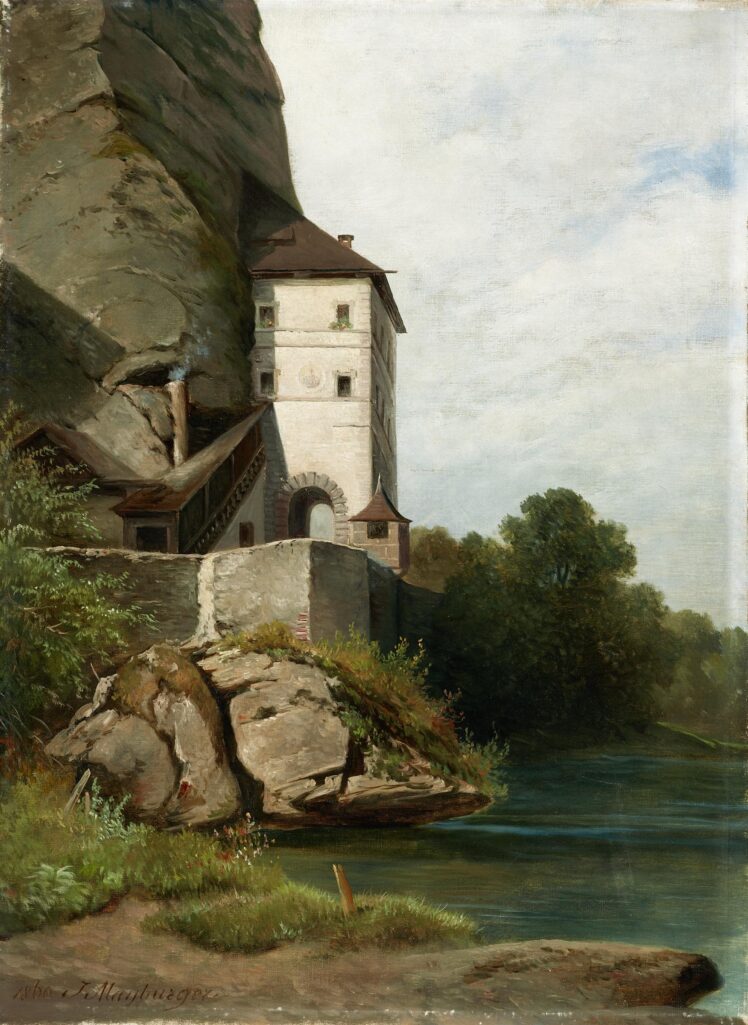
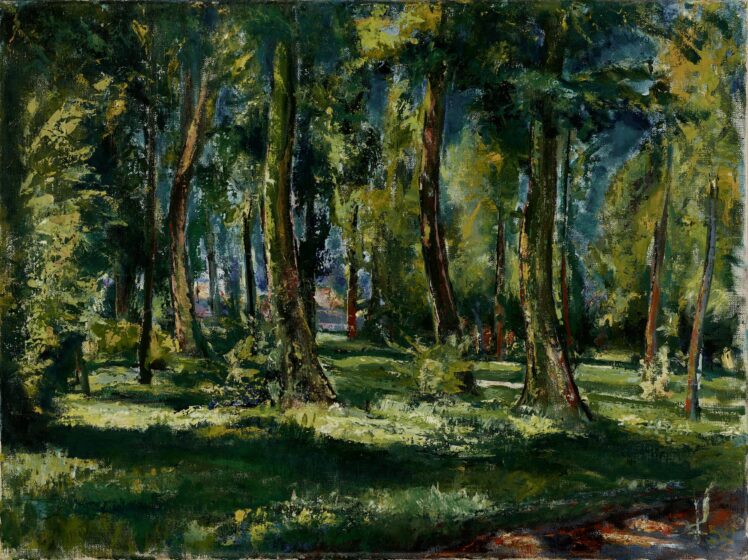
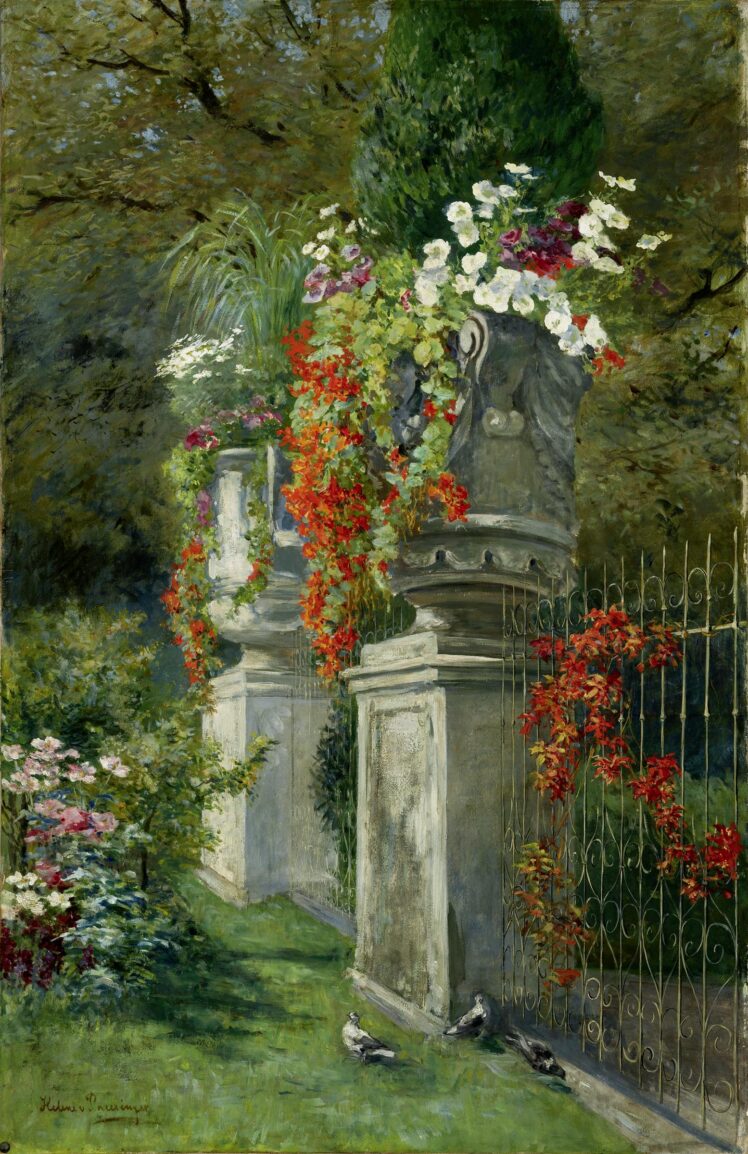
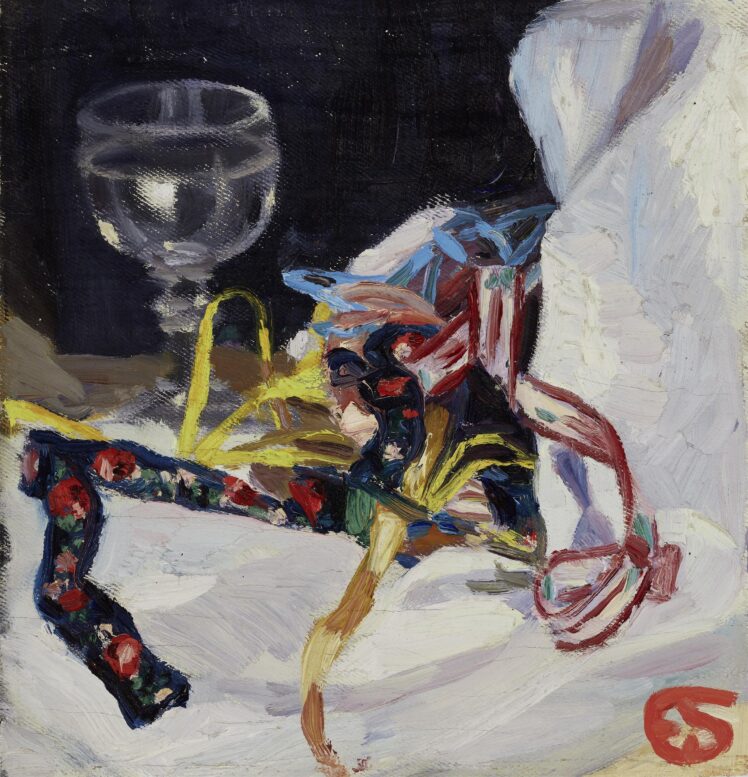
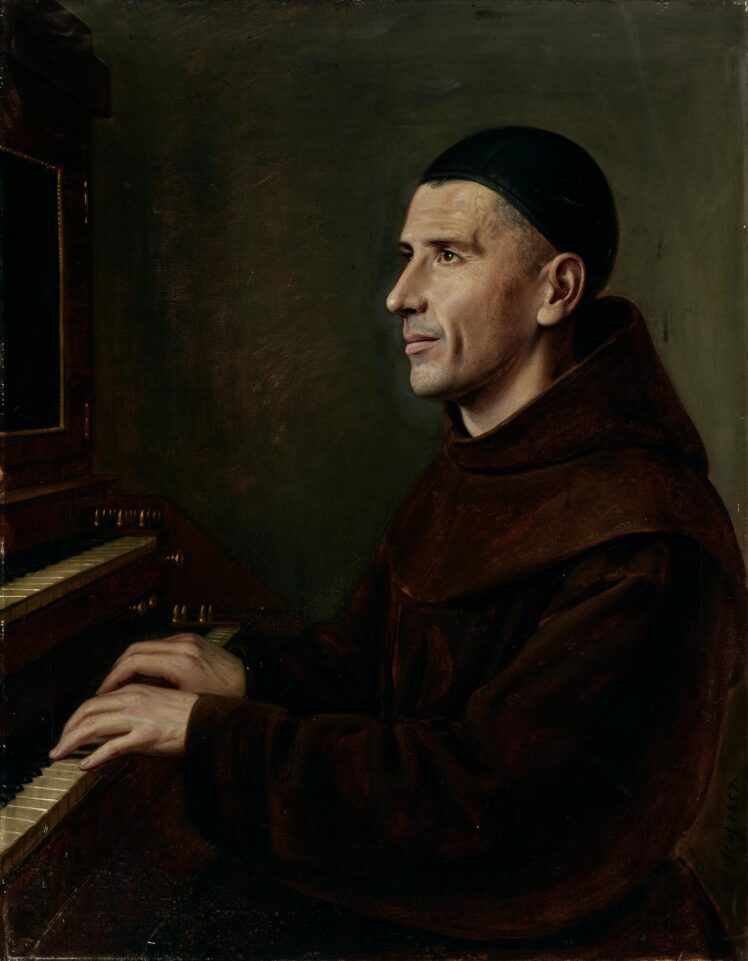
![Nr. 72. Cadix [Cadiz], aufgenommen vom Thurme Tavira [Torre Tavira], Aussicht nach Süden (Originaltitel).](https://assets.salzburgmuseum.at/2024/11/16065532/InvNr-5059-49_von_tiff-748x579.jpg)

